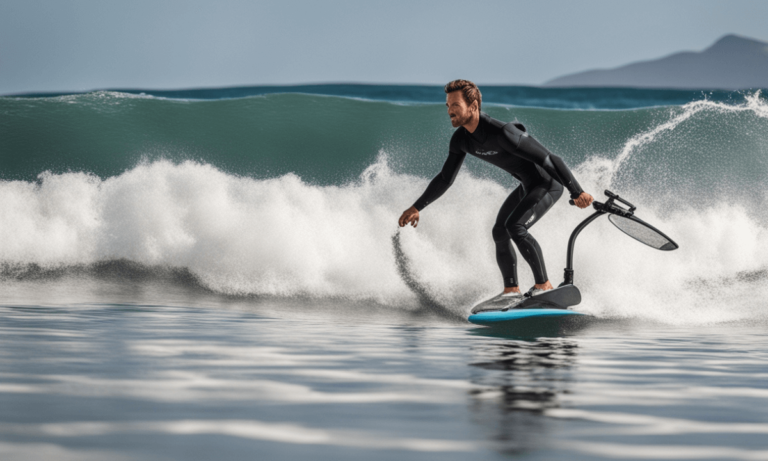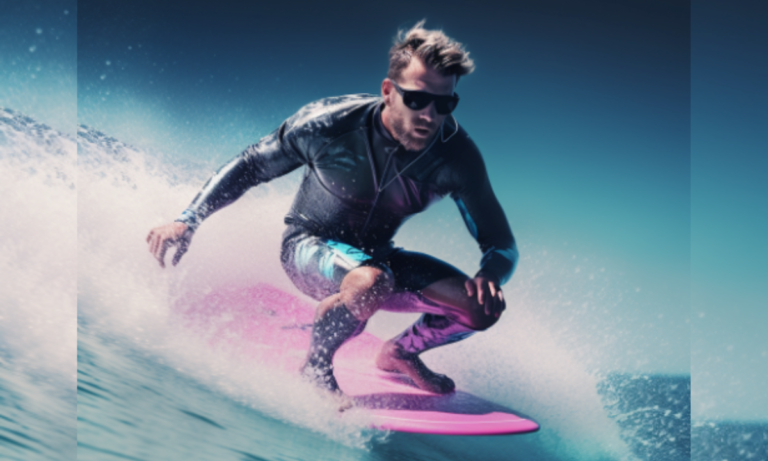Regulations on Electric Surfboards: Australia Guide
Are you ready to catch some waves Down Under with an electric surfboard? As someone who’s passionate about surfing and exploring Australia’s coastal beauty, understanding the legal ins and outs is crucial for a smooth ride. Let me guide you through the diverse regulations across Australian states.
New South Wales (NSW)
In my surfing adventures along the New South Wales coast, I’ve come to appreciate the specific regulations for electric hydrofoil boards, or eFoils. Picture this: gliding gracefully over crystal-clear waves, the wind in your hair, and the thrill of riding an eFoil. In NSW, you’re in luck – no registration is needed if your eFoil’s engine power stays under 4 kilowatts. Plus, you can hit speeds up to 18.5 kph without needing a licence.
But remember, once you go beyond 18.5 kph, it’s time to grab that general boat licence. And watch out for PWC exclusion zones like Sydney Harbour – unless you have a specific exemption, it’s a no-go zone. Oh, and don’t forget your lifejacket – safety first, always!
Western Australia
Venturing to Western Australia, the land of stunning coastlines and epic surf breaks, I’ve learned that electric hydrofoil surfboards are classified as vessels. It’s all about embracing the waves responsibly here. If your board’s output exceeds 6 horsepower, grab that Recreational Skippers Ticket and ride those waves legally.
Safety is paramount in WA – from sunrise to sunset, displaying clear registration numbers, to carrying essential safety gear. I’ve found peace of mind knowing that I’m not only enjoying the surf but also respecting the rules that keep our waters safe.
Victoria
Ah, Victoria – where rugged coastlines meet vibrant communities. Navigating the regulations here has been an adventure in itself. From powered vessels with over 40 pounds of thrust to eFoils exceeding 4.0 kilowatts, registration is the name of the game. And don’t forget your marine or boat licence with a PWC rating – it’s your ticket to surf legally.
I recently connected with fellow surf enthusiasts in Victoria, and one thing’s for sure – staying updated with local laws is key. Until new amendments roll in, we’re all in this together, riding the waves while respecting the regulations in place.

Understanding Motor-Powered Hydrofoil Boards
Let’s talk about motor-powered hydrofoil boards – the epitome of innovation in surfing. As someone who’s experienced the thrill firsthand, I understand the importance of safety and responsibility. In NSW, these boards are classified as personal watercraft (PWC), with exemptions for certain requirements. But push the speed limits beyond 25 knots, and it’s back to full PWC regulations.
From avoiding PWC exclusion zones to wearing the right lifejacket, every precaution counts. And don’t forget to proudly display those registration numbers – it’s not just about legality; it’s about being visible and safe on the water.
Navigating the Surf Safely
Beyond the rules and regulations, surfing with an electric board is a journey of self-discovery and exhilaration. As I prepare for another day on the waves, I double-check my safety equipment, scan the weather forecast, and share my plans with a friend. It’s these small steps that ensure a memorable and safe surfing experience.
In conclusion, the legality of electric surfboards in Australia is a patchwork of regulations, each with its own nuances and requirements. But by embracing these rules, respecting the ocean, and prioritising safety, we can all enjoy the thrill of surfing while preserving our coastal treasures for generations to come.




